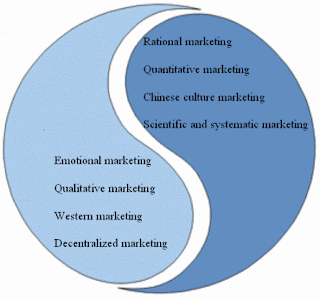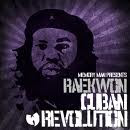 Marketing survives and grows in the social context. All marketing decisions have social implications. Marketing must act responsibility and ethically toward consumers and society.
Marketing survives and grows in the social context. All marketing decisions have social implications. Marketing must act responsibility and ethically toward consumers and society.The societal marketing concept is an emerging concept. It holds that organizational objectives should be achieved through customer need satisfaction in ways that protect the interests of the consumers and safeguard the well-being of society. Marketing must be socially responsible. It should be accountable to society for its actions.
The societal marketing concept has the following features:
a) Social responsibility orientation of marketing to enhance social welfare. It can be by improving environmental quality, creating employment opportunities, supporting socially desirable issues, and meeting needs. Such programmes are well-designed.
b) Customer need satisfaction in the target market through the delivery of superior value products compared to competitors.
c) Integrated marketing efforts though organization wide marketing think. All activities related to marketing are assigned to the marketing department.
d) Profits through proper considerations to the interests of consumers, organization and society.
The social responsibility of marketing is both towards customers and society.
























Blog Archive